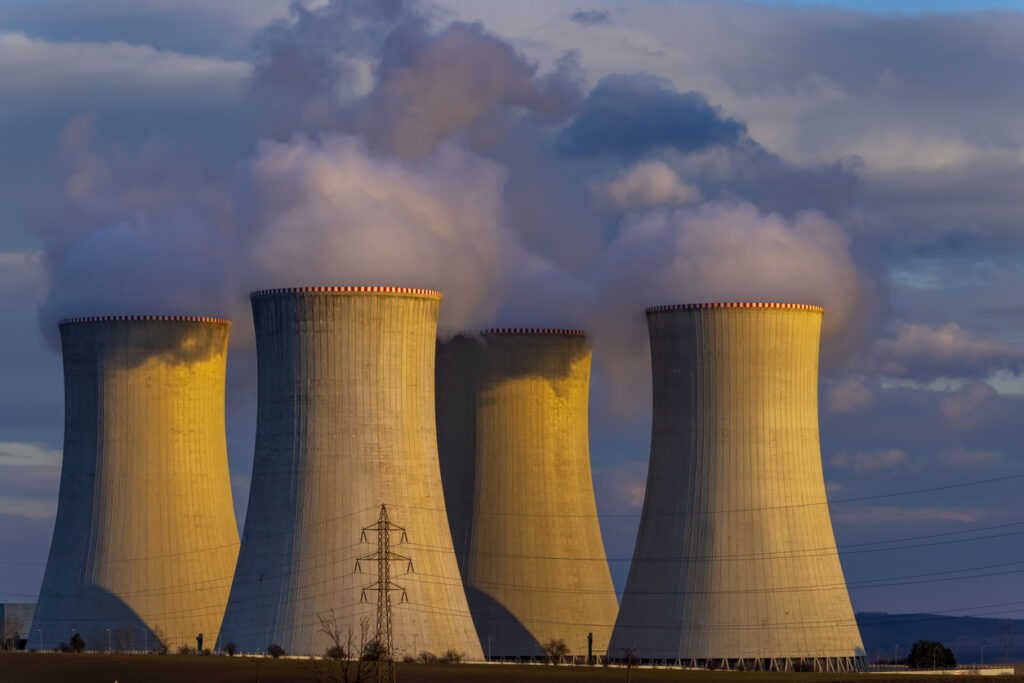(Oil Price) – The U.S. Department of Energy is extending a $1-billion loan to help Constellation Energy restart the Three Mile Island Unit 1 nuclear reactor to add baseload power to the grid and help the AI advancement in the United States.

“Funded by the Energy Dominance Financing Program, this interest-bearing loan will lower Constellation’s cost of financing and leverage private investment to restore reliable nuclear energy to the grid and help America win the AI race,” said Constellation Energy, the biggest owner of U.S. nuclear power plants.
Last year, Constellation signed its largest-ever power purchase agreement with Microsoft, which paved the way for the restart of the Three Mile Island Unit 1 nuclear plant.
The 20-year agreement paves the way for the launch of the Crane Clean Energy Center (CCEC) with the restart of Three Mile Island Unit 1, Constellation said in September 2024.
Three Mile Island Unit 1 operated for decades before being shut down for economic reasons six years ago.
Under the deal, Microsoft will purchase energy from the restarted unit as part of its goal to help match the power its data centers in PJM use with carbon-free energy. The clean energy center is expected to be online in 2028.
In today’s statement on the DOE loan for the Crane Clean Energy Center, Constellation president and CEO Joe Dominguez said that “It’s a great example of how America first energy policies create jobs, growth and opportunities and make the grid more reliable.”
“Utilities and grid operators are moving too slowly and need to make regulatory changes that will allow our nation to unlock its abundant energy potential. Constellation and nuclear energy are helping to lead the way and we are thankful to President Trump and Secretary Wright for putting the ‘energy’ back into DOE,” Dominguez added.
Nuclear energy will be one of the winners of the AI and data center boom, as Microsoft and other hyperscalers have been looking to purchase zero-carbon electricity to power up their data centers, which are consuming growing amounts of electricity.
By Tsvetana Paraskova for Oilprice.com

